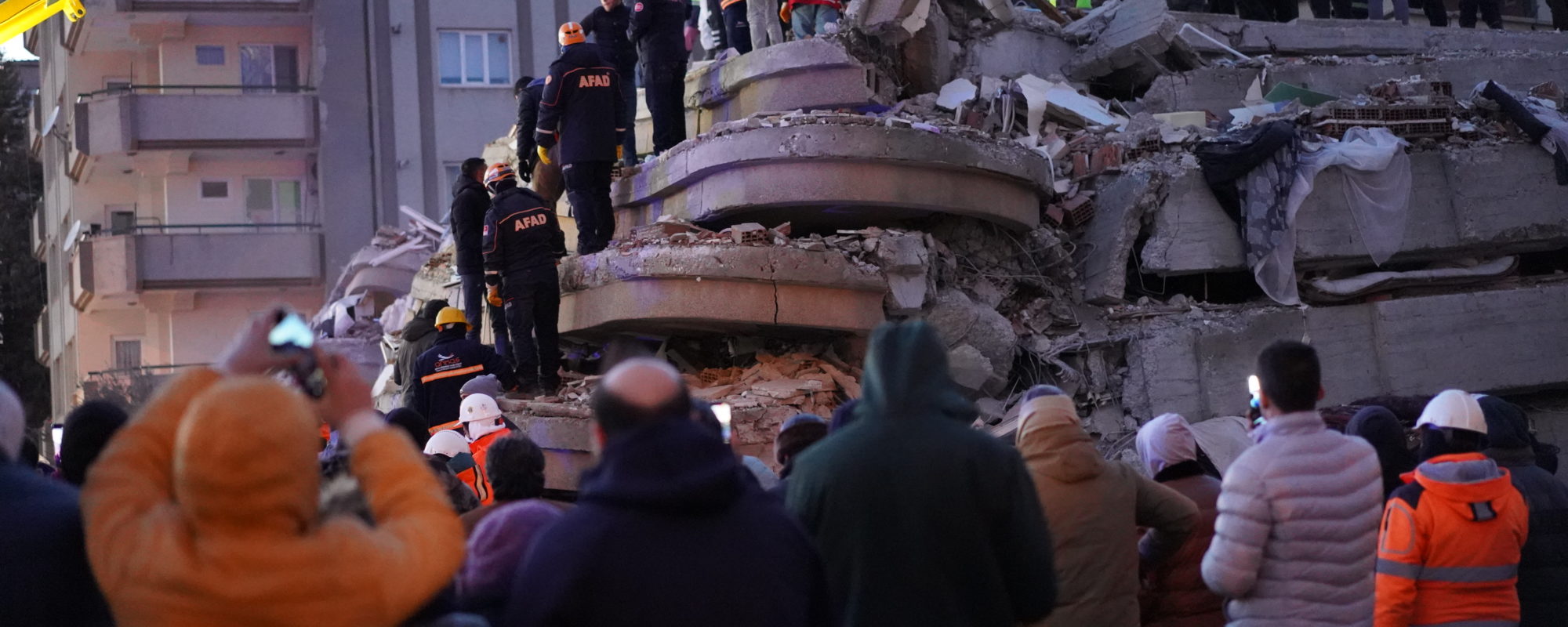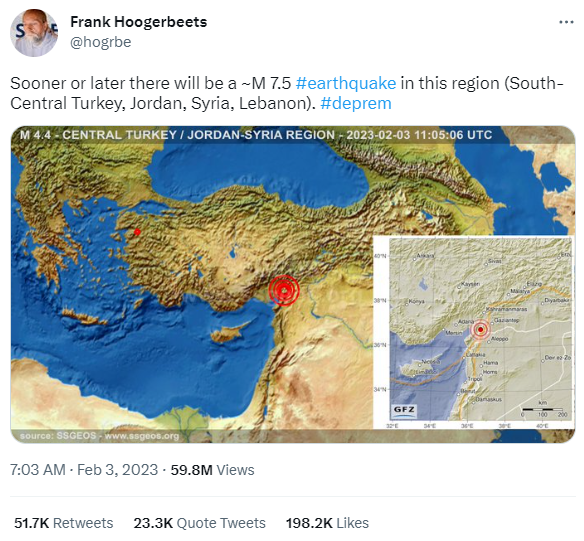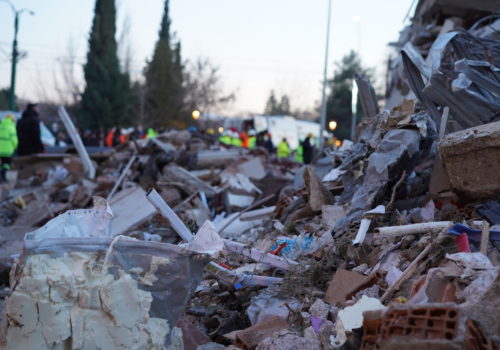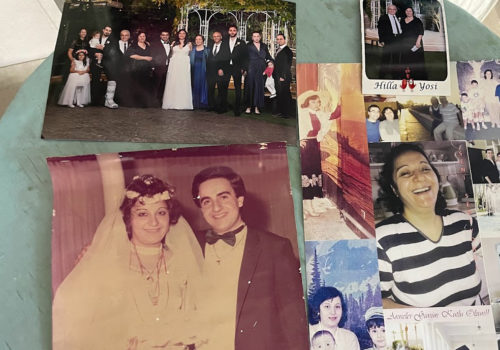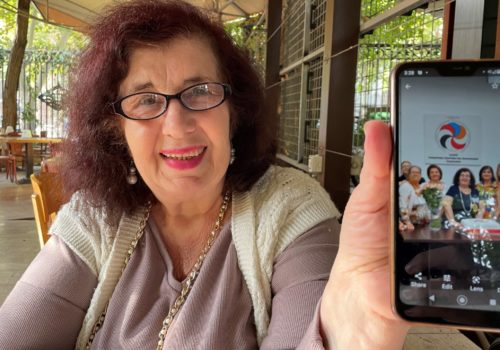ISTANBUL — Mohammad showed me down into his basement apartment into which his family had moved a few days earlier. “Did you hear what Frank said?” he asked before we got through the door.
Frank Hoogerbeets may be the most popular foreigner Syrians in Turkey speak about today. Three days before the historic February 6 catastrophe that killed tens of thousands and displaced millions in Syria and Turkey, the Dutch geologist and researcher tweeted that a severe earthquake would strike. Antakya in southern Turkey may have been the city worst hit.
A series of earthquakes had periodically shattered the city dating back to antiquity, so the question was always when, not if, the next big one would come. On moving to the city from Syria in 2017, Mohammad and his family developed an emergency readiness plan. (I’ve used only first names for this dispatch to protect interviewees’ security.)
With deep bags under his eyes, Mohammad looks much older than the last time I saw him only three months earlier. We first met two years ago when he was managing a hotel in Antakya’s old town. He also worked on the side in exchange-rate forecasting and later for an online company, as a financial adviser for wealthy Arabs living in Turkey.
“If an earthquake hit, my wife and I agreed we would not run. We would put a table against a window and protect our children underneath,” Mohammad’s wife Rabaa, said, referring to their daughters Viola, aged six, and Luna, five, who were drawing on the floor. Luna playfully tugged at Viola’s long braids, and Rabaa doted on them.
In the early morning of February 6, when the ground began to violently shake, the parents snapped into action. Below the table, they were thrashed side to side before the apartment building split. Their room tumbled down from the second floor to the street. All but one family member crawled outside into the rain.
Ahmed, Rabaa’s teenage son whom she had before marrying Mohammad, died in the rubble. Rabaa did not leave the wreckage until his body was recovered four days later. Corpses littered sides of the road as the family drove out of the ruined city.
Like millions of others, Mohammad and his family zigzagged across southern Turkey in search of refuge. They were first refused shelter in the inland town of Tarsus, told the empty beds were being saved for Turks, and then stayed in a hotel in the Mediterranean city of Mersin until their money ran out. They slept in the nearby train station, then moved on to the neighboring city of Osmaniye, where Rabaa’s brother had erected a shelter. Over the next week, the family of four experienced aftershock after aftershock, causing torment and sleepless nights.
On February 14, the government lifted a travel ban for Syrian refugees in other parts of Turkey to enter Istanbul. Mohammad’s boss arranged to get him and his family into the basement apartment in which we now sat in the residential Samatya neighborhood, a stone’s throw from the Sea of Marmara.
“Do you think Frank is right?” Mohammad nervously asked me. Hoogerbeet’s research institute had tweeted the day before that a “convergence of critical planetary geometry” would cause large seismic activity in the first week of March. Although the US Interior Department states that it is impossible to predict a major earthquake, Mohammed still believed the historic earthquake his family had just barely survived may have only been a preview of another still to come soon.
Rabaa was terrified. “Staying here in this basement is suicide,” she said. Despite cold rain coming down, she planned to take her daughters to sleep in a nearby park on the predicted day the earthquake would hit, Monday, March 6 or Tuesday, March 7.
Mohammad failed to allay her concerns. He spoke to their new neighbor upstairs for information about the building’s structural integrity, but received only a conspiracy theory. “He told me not to worry. ‘Antakya wasn’t hit by an earthquake, but by an American bomb.’” Mohammad didn’t stay to argue about his neighbor’s earthquake denial.
Syrians in Turkey have been saddled by war, political and economic collapse in their native country and now natural disaster in their new one. Perhaps that explains their predisposition to believe in doomsday predictions such as Hoogerbeet’s. “If only we had listened to Frank’s earlier warning,” Rabaa said wistfully, looking at a picture of her son on her phone’s home screen.
Mohammad feels skepticism about the disproven theory of planetary geometry and atmospheric phenomena that Hoogerbeet, who now has a million and a half followers on Twitter, uses to predict earthquakes. Nevertheless, the megacity of Istanbul does lie near active fault lines that crisscross the country. A 1509 earthquake during the Ottoman Empire was so destructive, historians referred to it as the “Little Apocalypse.”
Reputable seismologists have been warning for years about a potential Armageddon scenario. Peer-reviewed research published in the Journal of Academic Emergency Medicine in 2015 by a team of Turkish academics warned “To all those making earthquake preparations for Istanbul! A major earthquake in Istanbul awaits us all; one of the type that strikes every 250 years. Those who survive will see how destructive and deadly it is.”
Another Turkish earthquake tracking center said there is a 64 percent chance another tremor stronger than 7.0 on the Richter scale would hit Istanbul before 2030. A 7.4 earthquake that struck the western city of Izmit near Istanbul in 1999 killed more than 17,000 people.
That event was supposed to have prompted stricter building regulations. However, Turkey continues to suffer from shoddy construction, zoning amnesties and lax enforcement of codes that were exposed in the wake of the recent disaster. Those problems would be cause for even more damage in Istanbul, which has an unofficial population of 20 million. Mayor Ekrem İmamoğlu warned in mid-February that 90,000 buildings in the city pose a risk of entirely collapsing in a major quake. The municipal government has received so many structure assessment requests in the last month, its website crashed.
All across Istanbul, residents are considering how long they have before geological time affects them. With residents downloading tracking apps, stocking up on supplies and packing “quake bags,” earthquake fever has hit the city. Some have already fled to second homes outside the city.
Geologists have singled out some of Istanbul’s coastal neighborhoods as particularly at risk due to their proximity to the major fault line, which includes Mohammad and Rabaa’s apartment in Samatya. There is also risk of a giant tsunami slamming into the seafront.
Fear visibly affected Mohammad and Rabaa that their family might face a second once-in-a-lifetime disaster before their daughters reach double digits. Possibly within the next week, if Frank is right again.
Asked about what he would do, Mohammad smiled. “We will have to run again, as that is what we have learned to do as Syrians. Running away means you are brave, the only way to survive.”
Top photo: Rescue workers sort through rubble in the aftermath of Turkey’s earthquake (Lisa Hastert, European Union)

